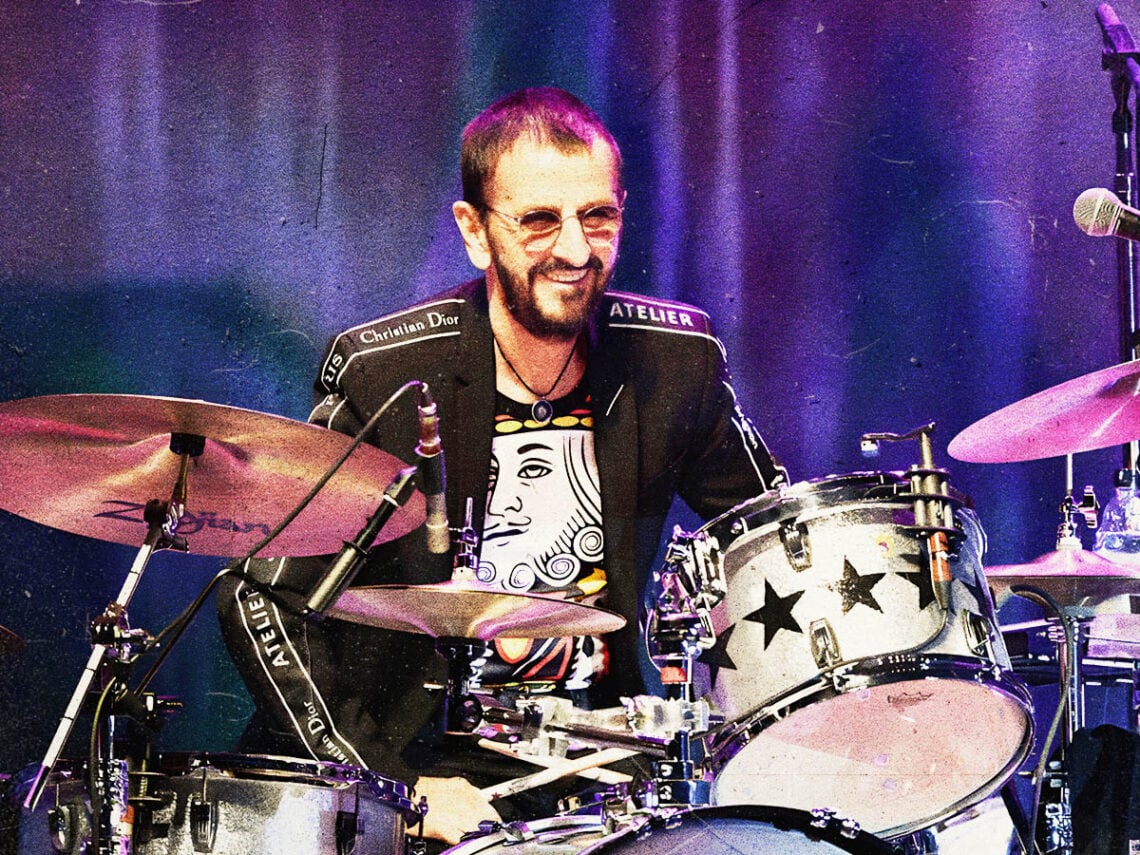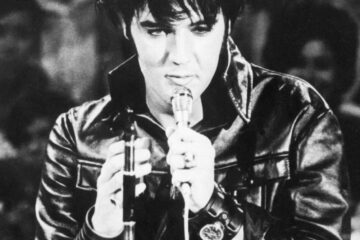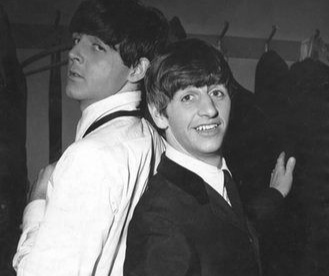Ringo Starr is a unique drummer who is never quite given the credit he deserves. Despite being dedicated to his instrument since an early age, his name is rarely brought up in the league of history’s finest players. However, in conversation with Dave Grohl, Starr revealed how his first inspirations shaped his playing, shaping not only his style but his whole ethos on drumming.
When he was a sickly child suffering from tuberculosis, Starr joined a hospital band. “That’s where I really started playing. I never wanted anything else from there on,” he said. “My grandparents gave me a mandolin and a banjo, but I didn’t want them. My grandfather gave me a harmonica … we had a piano – nothing. Only the drums.” He learnt to play with two sticks, hitting on a biscuit tin.
But while he loved playing the drums, it wasn’t the sound he singled in on. “People always feel it’s weird, but I never listened just for the drums,” Starr told the Nirvana drummer. Instead, he seemed to always see the bigger picture of the song.
Maybe it’s due to Starr’s early interest in skiffle music. Messy and collective in its nature, the genre was more about feel than form. One of his earliest bandmates remembered that Starr would basically just make a beat out of anything, stating, “Sometimes, he just slapped a biscuit tin with some keys, or banged on the backs of chairs.”
So technicality and the intricacies of drumming weren’t really on Starr’s radar. Instead, he cared about the ways a beat would bring the whole band together and the role drums played as part of the collective, rather than their worth as a solo instrument. “I listened for the whole track,” Starr told Grohl.
However, it was when the sounds of America carried across the Atlantic that Starr started paying attention to technicalities more. First, it was jazz. “Well, Cozy Cole is the only one I ever mention,” he said, declaring the American jazz drummer the first musician that inspired him. The drummer was a mainstay in the bands of Louis Armstrong and Cab Calloway, playing a formative role in defining the drum style that would later inform rhythm and blues.
When that then turned into rock and roll, Starr’s technical interest was captured even more. He told Grohl that he was also inspired by “anything Little Richard did”. Despite Little Richard being a piano player, Starr got a lot from his frantic playing and hi-octane energy. Often described as the ‘architect of rock and roll’, Little Richard and his band shaped the sound that the Beatles would pick up and run with.
Creating a blueprint for Starr’s fuss-free but essential playing, his early interest in jazz taught him how to hold a band down, letting the other members shine thanks to his vital rhythm.



